Tourists enjoy the rice paper dish exposed to dew.
Rice paper exposed to dew
For over 100 years, in the places of Loc Du, Gia Huynh, Gia Loc, An Tinh of Trang Bang town, the craft of making rice paper exposed to dew has been formed and developed. Some people believe that the craft of making rice paper exposed to dew is one of the two traditional crafts in the Central region, brought to Trang Bang by Mr. Ca Dang Van Truoc.
There is also another story about a batch of sun-dried rice cakes mixed with dew, which was carelessly created by a daughter-in-law in Trang Bang, resulting in the famous dew-dried rice cakes today. Although they have been around for a long time, most of the rice cake making establishments in Trang Bang still produce them in a traditional, handmade way. The ovens are heated by firewood or rice husks.
The dough is poured into two layers, so the cake is twice or three times thicker than regular rice paper. The rice used to make the cake is delicious, new, and fluffy. The rice is cleaned, soaked, and ground to create a mixture of water and rice flour in a ratio specific to each kiln owner.
Rice paper rolls with raw vegetables and boiled meat.
Folk artist Pham Thi Duong (Loc Du neighborhood) said that her family has been involved in this profession for three generations. She herself has followed her mother to make a living from this profession since she was 17 years old. After getting married, she built her own rice paper making oven and has been doing this job ever since.
According to Ms. Duong, the artisans have to monitor the weather, predicting when the weather is sunny and good before daring to soak the rice and grind it into flour to make the cakes. If the weather is overcast and cloudy but the cakes are still made, the batch of cakes is considered sour and mushy and must be discarded. The cakes are also dried at moderate temperatures, avoiding strong sunlight and only for about 90 minutes.
Dew-dried rice paper combined with Trang Bang rice noodle soup have become famous dishes.
The baking process is also an art in the baking process. The cake is baked in a tray, heated by peanut shells. The cake is sandwiched between two iron grills, the person in charge of this stage constantly turns the cake back and forth regularly.
Under the heat, the cake is like a round piece of silk, slowly becoming puffy. The final step in the production process of Trang rice paper is drying it in the dew. Depending on the weather at night, there is more or less dew, so choose to dry the cake in the dew at dusk or early morning.
With its contribution to culinary culture, Trang Bang's rice paper making profession has been recognized as a national intangible cultural heritage and many cake makers have been recognized as folk artisans.
To preserve and develop these craft villages, in recent years, Tay Ninh province has organized many cultural and tourism festivals of Trang Bang dew-dried rice paper. Nowadays, dew-dried rice paper is not only a culinary dish reserved for Tay Ninh people or tourists visiting this land, but has spread throughout the country and many countries around the world .
Foreign tourists enjoy the experience of making pancakes.
Trang Bang noodle soup
"Visiting Trang Bang land/ Let's stop by a noodle shop together." The two verses summarize the specialty dish of Tay Ninh land - a dish made from Vam river rice. Currently, this specialty dish is sold throughout Tay Ninh, but the most popular is still in Trang land. Walking on the streets and neighborhoods in Trang Bang, it is easy to come across large and small shops selling this dish.
Trang Bang noodle soup is delicious and hard to miss when visiting Tay Ninh.
Ms. Nguyen Kim Dung, 87 years old, owner of the Nam Dung noodle shop (Trang Bang ward, Trang Bang town) said that more than 100 years ago, every morning, Ms. Pham Thi Trang - Ms. Dung's grandmother, carried the noodle to sell at Gia Huynh market.
Mrs. Trang's noodle soup is very delicious and always attracts many customers. When she was old and weak, she passed the noodle soup stall to her daughter named Bui Thi Ban - Mrs. Dung's mother. Before 1957, Mrs. Ban handed over the noodle soup business to Mrs. Dung and her sisters in the family. Since then, the children of the Bui family have developed into famous noodle soup brands such as Nam Dung, Sau Lien, and Ut Hue.
Nowadays, despite her old age, Mrs. Dung is still in charge of checking every day whether the pork she buys is up to standard or not? Are the vegetables, bean sprouts, onions, and cilantro fresh? According to Mrs. Dung, one of the secrets to making Trang Bang noodle soup delicious is that the broth is cooked with local well water, not with tap water or filtered water.
The meat used to make the broth must be fresh, from a young pig, not a male pig that was slaughtered many hours before. During the cooking process, the boiled meat is soaked in cold water to keep it crispy and not turn black. In addition, the meat used in the noodle soup must be sliced by hand, not by an industrial machine, because during the process of slicing the meat, the worker can feel the doneness, freshness, toughness, and deliciousness of the meat to make timely adjustments.
Dew-dried rice paper and Trang Bang rice noodle soup are always ready to serve visitors.
By preserving and developing Trang Bang noodle soup, the Bui family has contributed to creating a famous specialty of Tay Ninh land throughout the country.
In the past, Trang Bang land had five great rich men: "Nhat Kiem, nhi Ca, tam Con, tu Cao, ngu Kep". Among them, the fourth person in the five great rich men of Trang Bang in the past was Mr. Do Hoa, whose given name was Cao, a Chinese who came to Tay Ninh to make a living. Mr. Cao was the Head of the Chinese Representative Board in Trang Bang, so people also called him Ban Cao.
In the 1950s, Mr. Cao and his wife opened a Trang Bang noodle shop. His noodles were very delicious, so they were crowded with customers and became famous. Mr. Cao loved playing soccer and was the manager of the Trang Bang soccer team. Many times, Mr. Cao invited soccer teams from other provinces to come and enjoy Trang Bang noodles, so many people believe that he was the first person to promote and bring the Trang Bang noodle brand to people in other provinces and cities. Currently, Ms. Do Thi Tuyet Nga is the successor of her father as the owner of Mr. Cao's noodle shop in Trang Bang ward.
The fifth person in the list of the five richest people mentioned above is Mr. Lam Van Kep, who got rich by selling noodles, and is the owner of the Hoang Minh noodle shop. Currently, this noodle shop brand has developed into the chain of Hoang Minh I and Hoang Minh II, located along Highway 22.
With its unique flavors, in 2011, Trang Bang noodle soup was officially recognized by the Vietnam Record Organization - Vietkings as 1/100 famous specialties of 63 provinces and cities across the country.
Dew-dried rice paper, Trang Bang rice noodle soup, and other delicacies made from Vam River rice have become culinary ambassadors of Tay Ninh throughout the country. With their creative talents, the folk artisans of Trang have created many famous delicacies to enrich their families and their homeland of Tay Ninh.
Ocean
Source


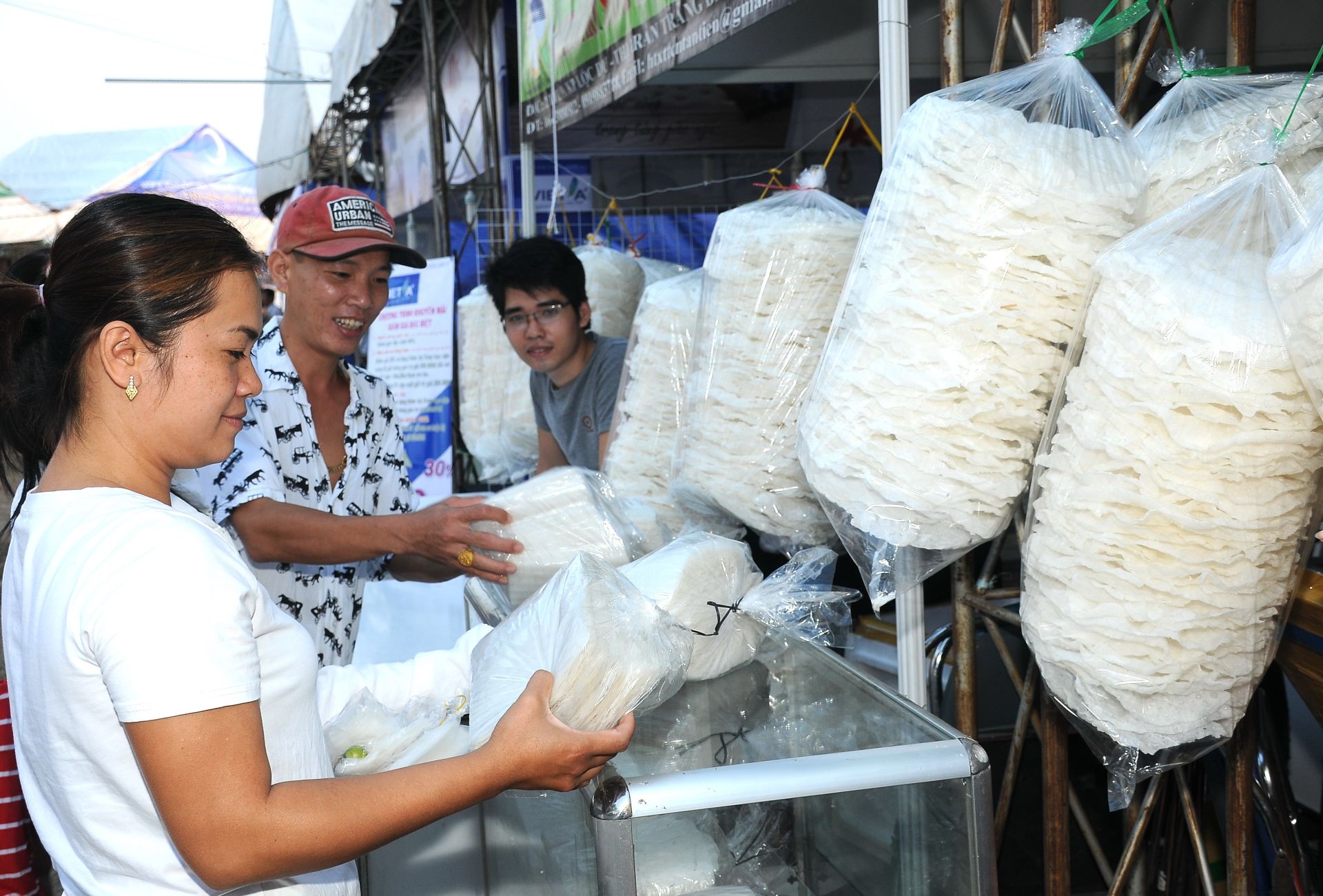
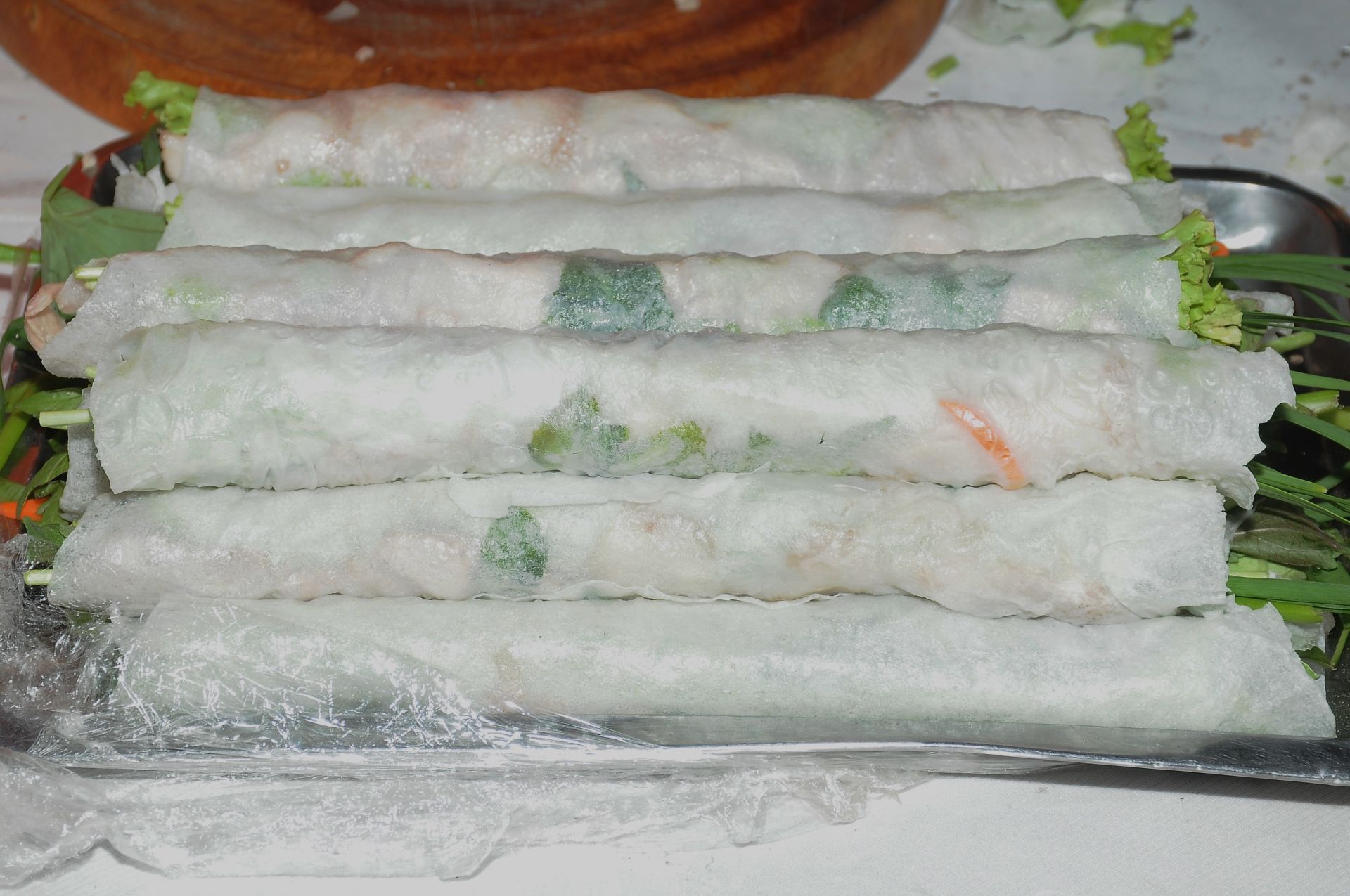
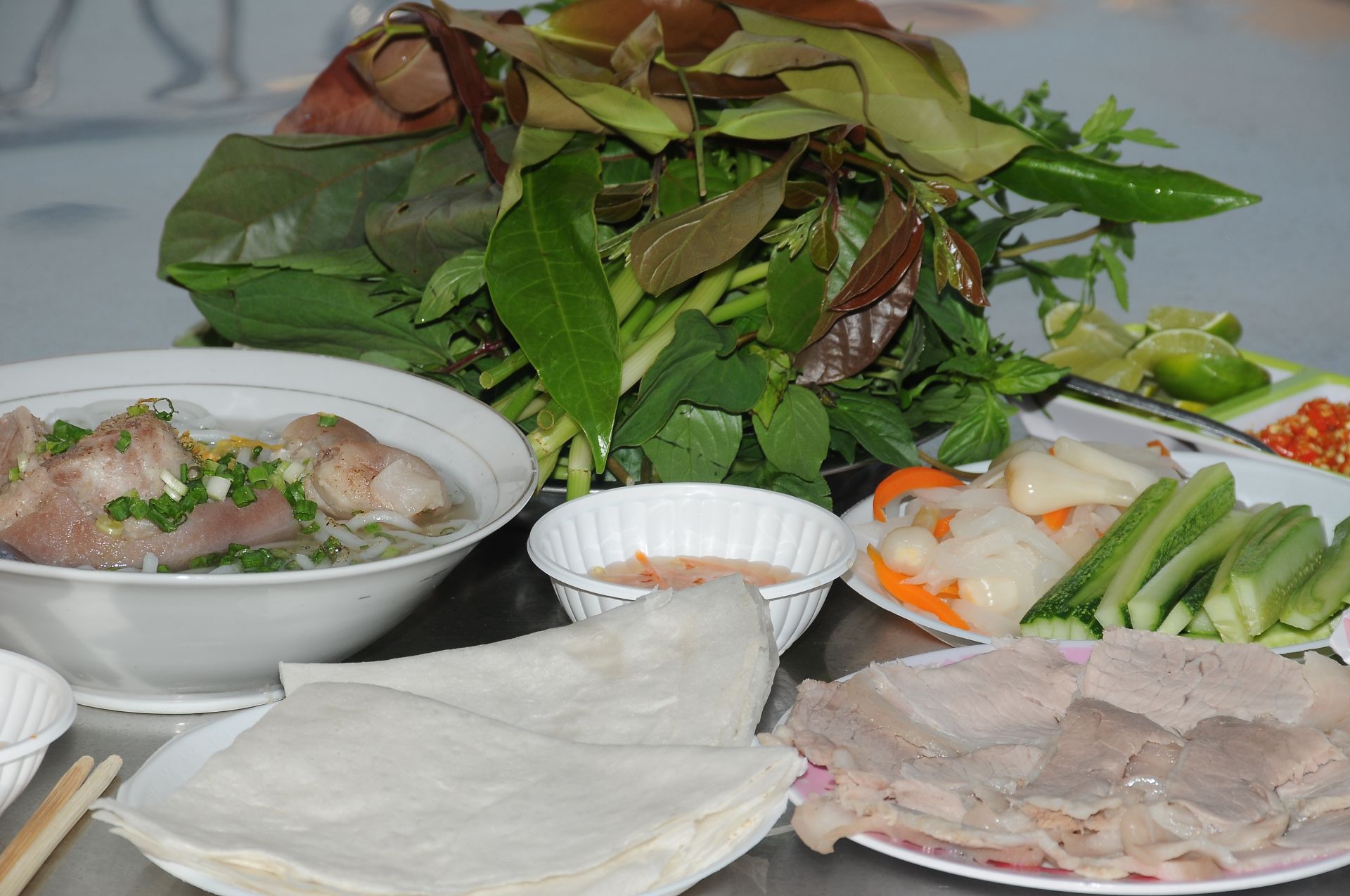
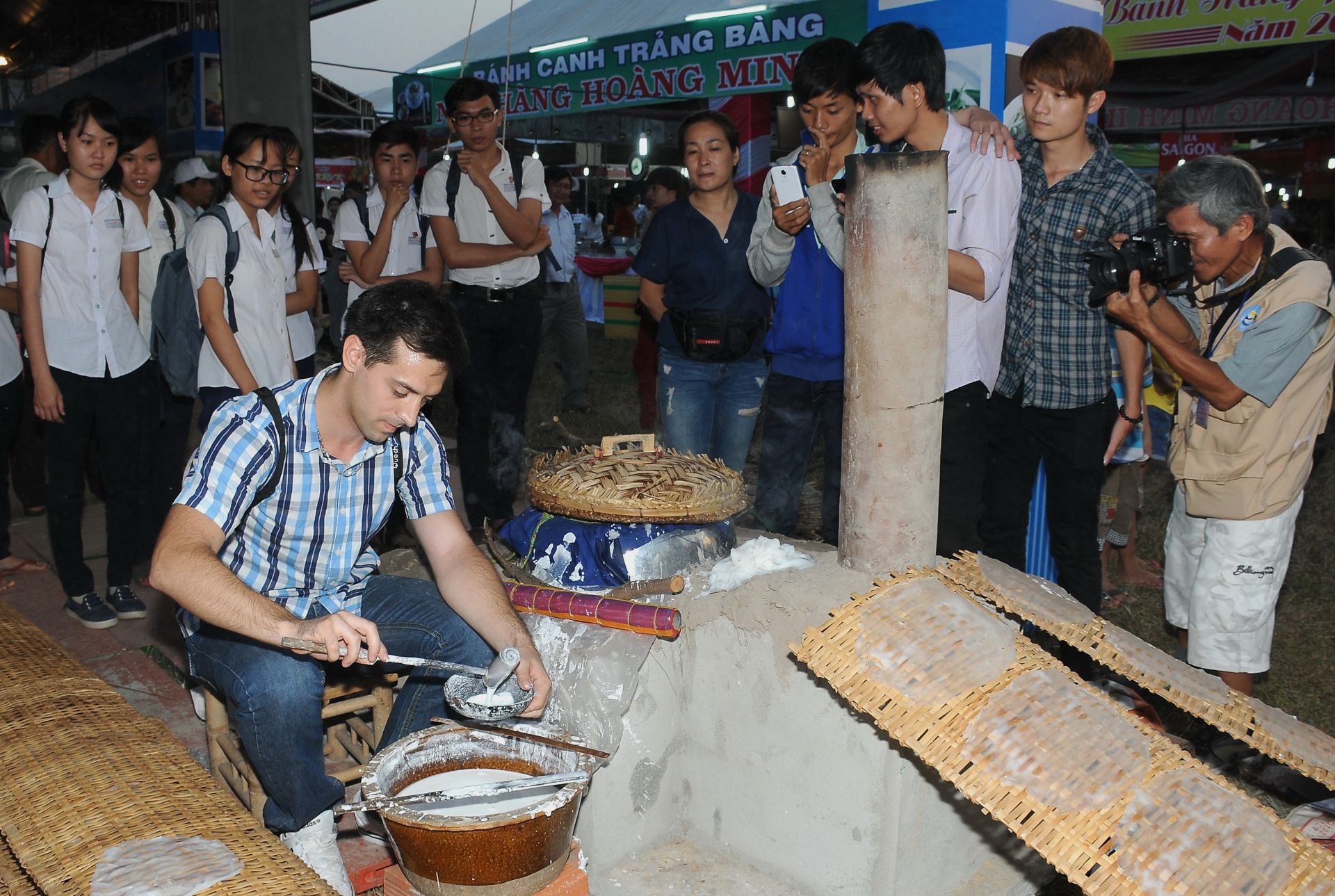
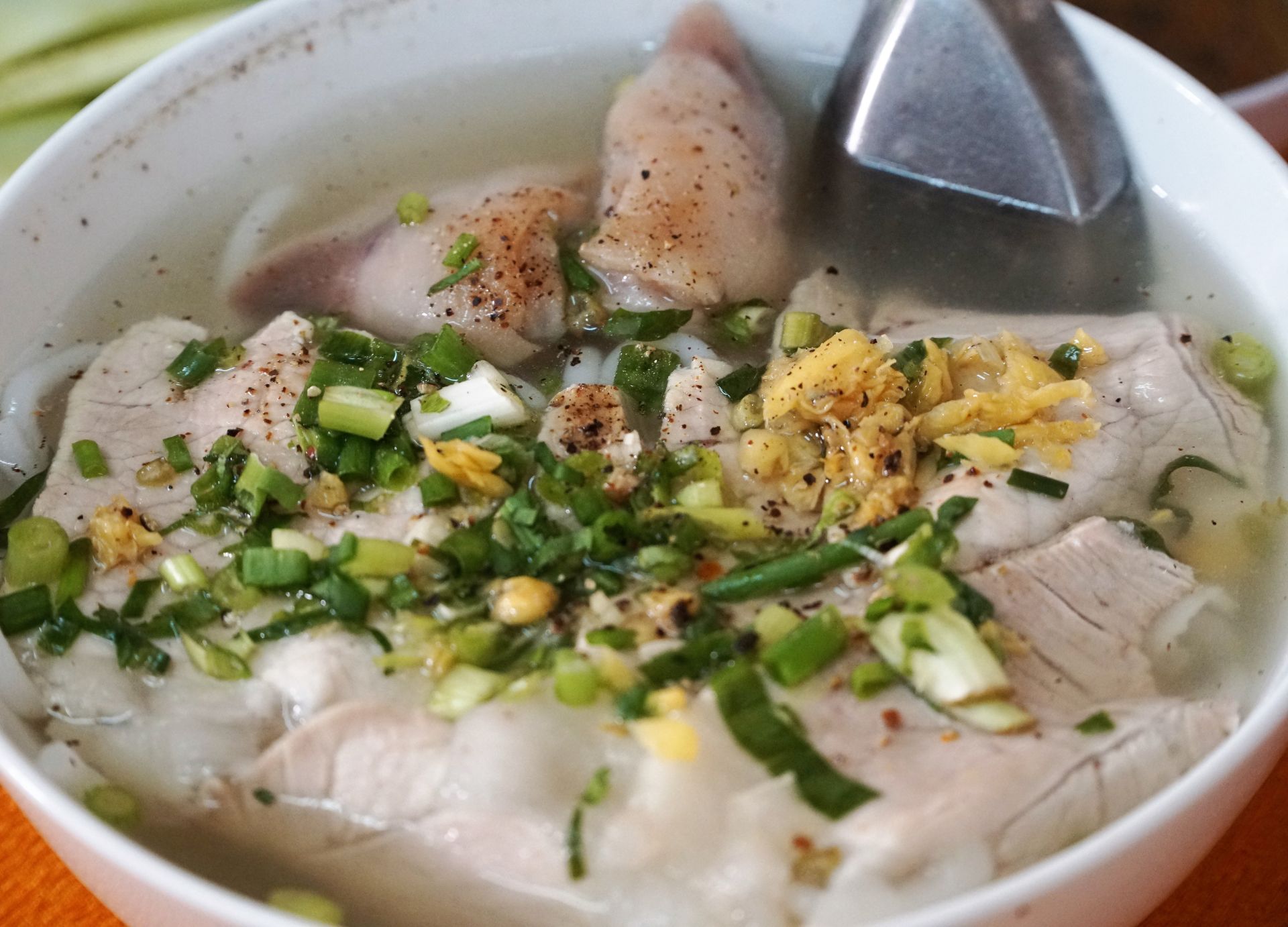
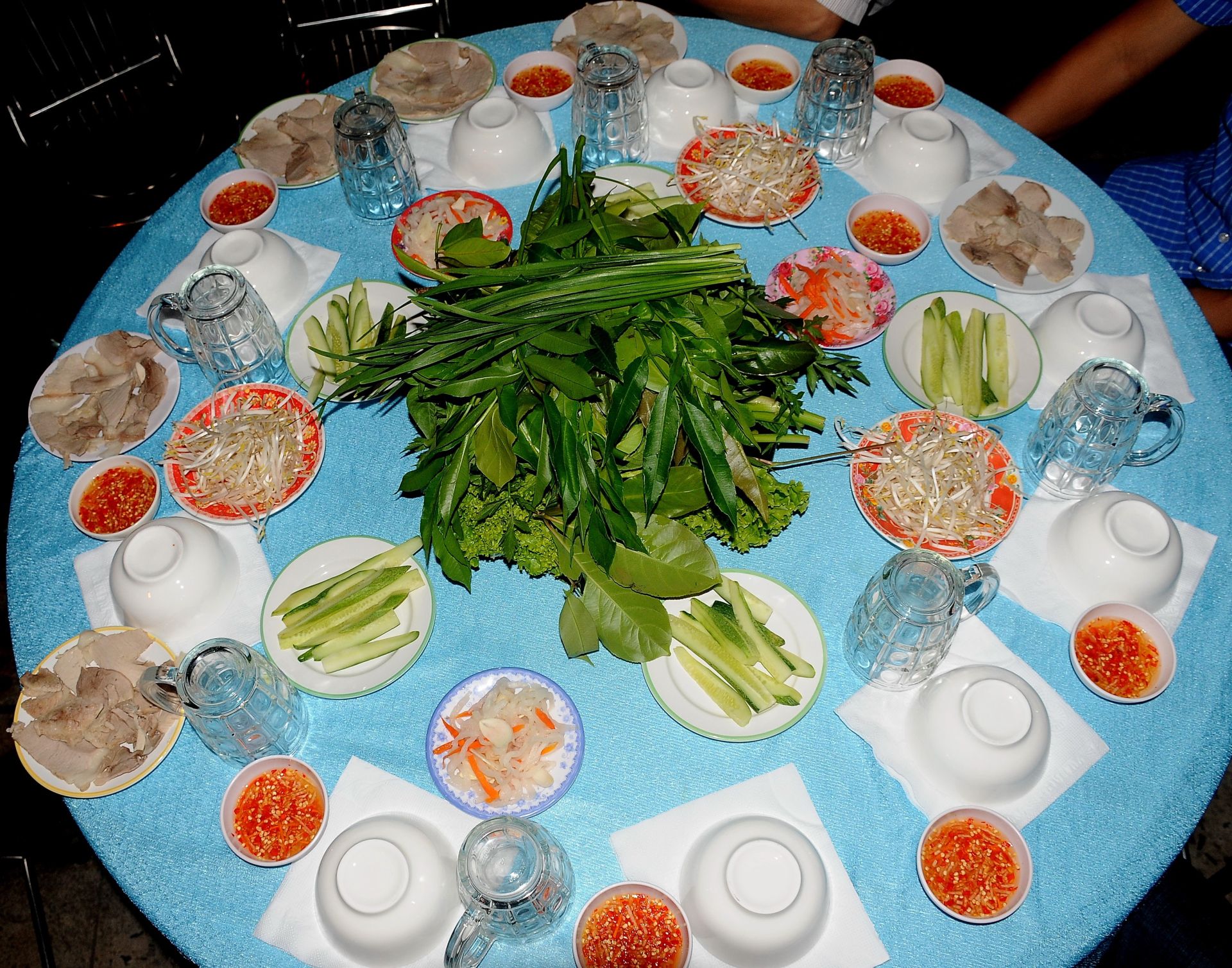







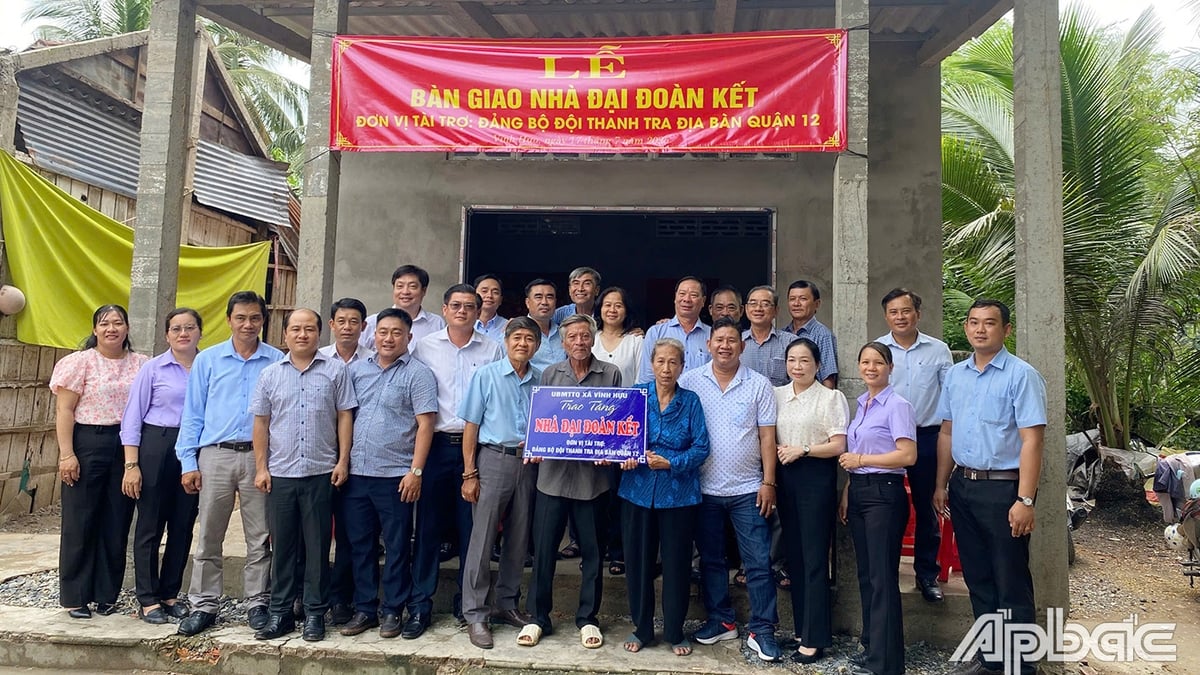
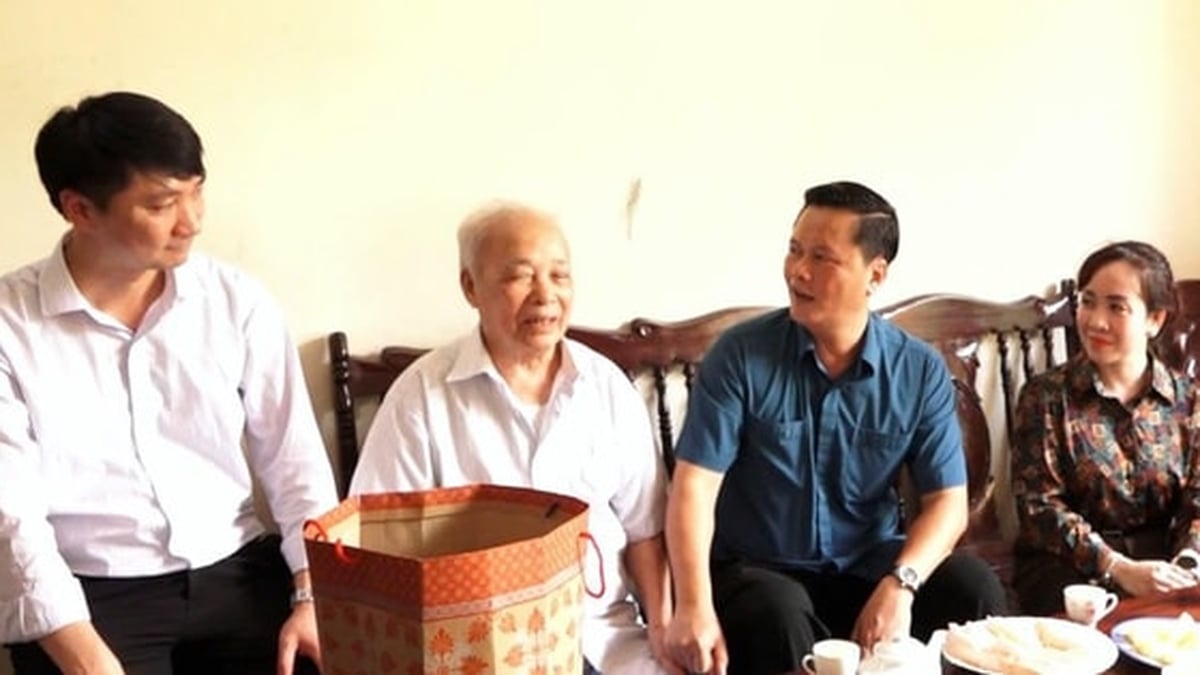

























































































Comment (0)